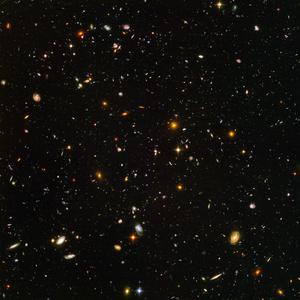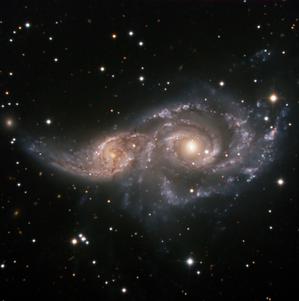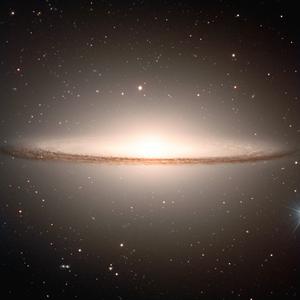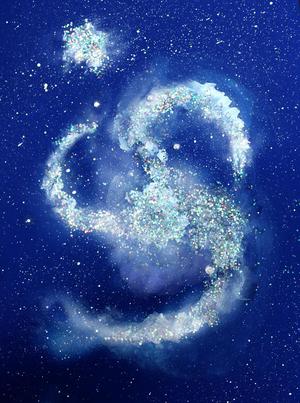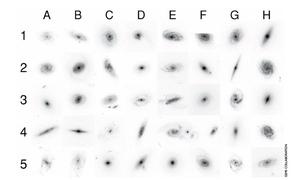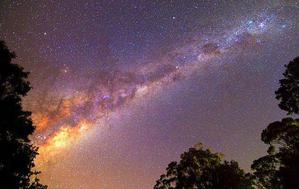Related Media
Hubble Ultra Deep Field
Credit: NASA, ESA, and S. Beckwith (STScI) and the HUDF Team credit link
License: CC-BY-4.0 Creative Commons نَسب المُصنَّف 4.0 دولي (CC BY 4.0) icons
Related Diagrams
Leo Constellation Map
Credit: Adapted by the IAU Office of Astronomy for Education from the original by IAU/Sky & Telescope
License: CC-BY-4.0 Creative Commons نَسب المُصنَّف 4.0 دولي (CC BY 4.0) icons
Related Activities
Glitter Your Milky Way
astroEDU educational activity (links to astroEDU website) Description: Explore the Milky Way and characteristics of galaxies using glitter drawing.
License: CC-BY-4.0 Creative Commons نَسب المُصنَّف 4.0 دولي (CC BY 4.0) icons
Tags:
Art
, Creativity
, Hands-on
, Handcraft
Age Ranges:
6-8
, 8-10
Education Level:
Middle School
, Primary
Areas of Learning:
Fine Art focussed
Costs:
Medium Cost
Group Size:
Group
Skills:
Communicating information
Coma Cluster of Galaxies
astroEDU educational activity (links to astroEDU website) Description: The basics of galaxy classification, using Hubble Space Telescope images.
License: CC-BY-4.0 Creative Commons نَسب المُصنَّف 4.0 دولي (CC BY 4.0) icons
Tags:
Coma Cluster
Age Ranges:
14-16
, 16-19
, 19+
Education Level:
Secondary
, University
Areas of Learning:
Guided-discovery learning
Costs:
Low Cost
Duration:
1 hour
Group Size:
Group
Skills:
Analysing and interpreting data
, Communicating information
, Constructing explanations
, Planning and carrying out investigations
Living in the Milky Way
astroEDU educational activity (links to astroEDU website) Description: Build a model of the Milky Way to discover what our galaxy contains.
License: CC-BY-4.0 Creative Commons نَسب المُصنَّف 4.0 دولي (CC BY 4.0) icons
Tags:
Hands-on
, Model
Age Ranges:
6-8
, 8-10
Education Level:
Primary
Areas of Learning:
Problem-solving
, Social Research
Costs:
Medium Cost
Duration:
1 hour 30 mins
Group Size:
Group
Skills:
Asking questions
, Communicating information
, Developing and using models
